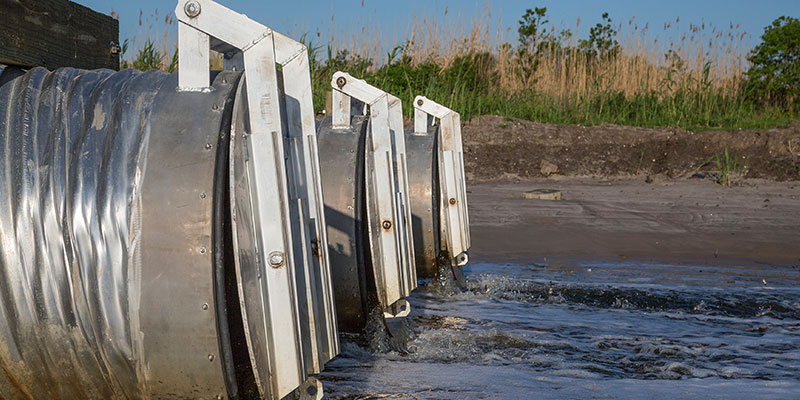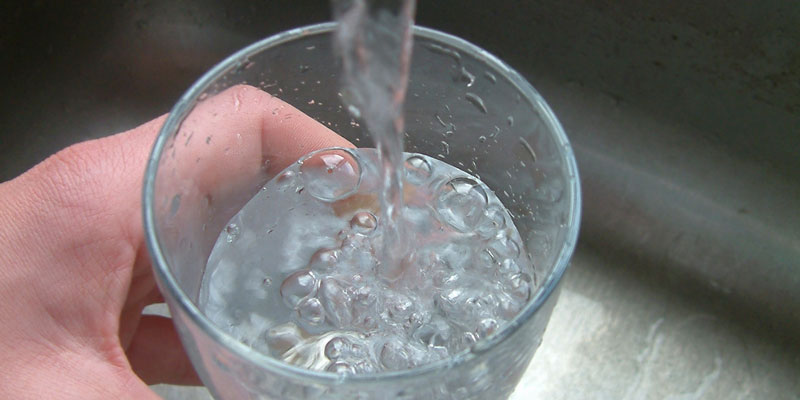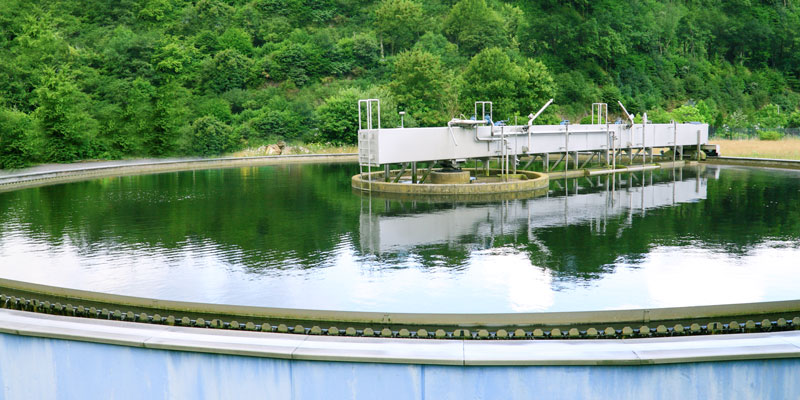A Screening Approach to Assess the Impacts of Municipal Wastewaters on Aquatic Systems
Karen Kidd, McMaster University (Project Manager); Mark Servos, University of Waterloo; Markus Hecker, University of Saskatchewan; François Gagné, Environment and Climate Change Canada (2013-2015)

Challenge
Municipal wastewaters may contain hormones, pharmaceuticals and other contaminants that are not fully removed during treatment. Prioritizing actions to identify and subsequently address the most significant concerns requires an ability to efficiently screen wastewater effluents and receiving environments to determine where clear impacts are occurring.
In 2013, Canadian Water Network and the Water Environment Research Foundation convened a workshop with a group of international experts to compile and prioritize a suite of elements (i.e. a toolbox) that would be effective in assessing endocrine system impacts on fish as a direct result of exposure to contaminants in municipal wastewaters.
CWN subsequently funded three studies in Saskatchewan, Ontario and Quebec to assess whether the toolbox could clearly indicate endocrine disruption in exposed fish and elements that identified sites of greater concern.
Project
Research was conducted from 2013 to 2015 by three teams at the University of Waterloo, University of Saskatchewan and l’Institut national de la recherche scientifique. Each research team selected study locations within local watersheds (Grand River, Ontario; Wascana Creek and Saskatchewan River, Saskatchewan; St. Lawrence River, Québec), with a reference site upstream of municipal wastewater discharges and one or more corresponding downstream sites of lower or higher concern.
At each location, local fish were collected and weighed, measured and dissected to assess sex and relative gonad and liver weights, and to obtain tissues for various biochemical and tissue measures. A suite of molecular markers was applied in conjunction with physiological responses such as hormone production and occurrence of histological anomalies such as intersex, delayed maturation, tissue degeneration, etc. Changes in stable isotope ratios of carbon and nitrogen in fish were also assessed, which reflect exposure to compounds in effluent via diet.
Effluents from the WWTPs were tested in controlled lab studies with laboratory fish species, and the effects on different hormonal pathways were examined using in vitro cell bioassays. Whole fish bioassays with effluents were used to determine the potential for changes in egg production, histological alterations of the gonads, hormone production and gene expression. Furthermore, the influents and effluents of all of the WWTPs were tested for the presence of endocrine-active compounds.
Overall, the results were compared:
- Between reference and downstream sites
- Between sites of higher vs. lower concern within the same watershed or region
- Across regions to develop an overall understanding of the toolbox elements useful for distinguishing sites of higher and lower concern
Outcomes
It was important to examine the responses of wild and lab fish across levels of biological organization (molecular, tissue, whole organism), because together they provided a holistic assessment of effects of contaminants in wastewater effluents. By applying a suite of well-established elements that characterize effluent and assess fish responses, researchers could indicate areas of impact and provide information about the effectiveness of wastewater treatment processes in reducing contaminants.
The results from this project indicated that:
- Wild fish sampling, cell line bioassays and fish reproductive tests in the lab could be effective at characterizing wastewater effluent and detecting endocrine-related effects of its contaminants.
- Whole organism elements integrated responses to a variety of stressors, and were therefore much more difficult to link to specific contaminant exposures. However, they were more ecologically relevant, reflecting important changes more closely tied to ecosystem responses than molecular-level responses such as gene expression, and with more common endpoints in biological monitoring programs.
- Fish and cell laboratory-based bioassays could provide complementary information that is useful in identifying WWTPs for further study.
For more information about the project’s findings, download the report:
A Screening Approach to Assess the Impacts of Municipal Wastewaters on Aquatic Systems





